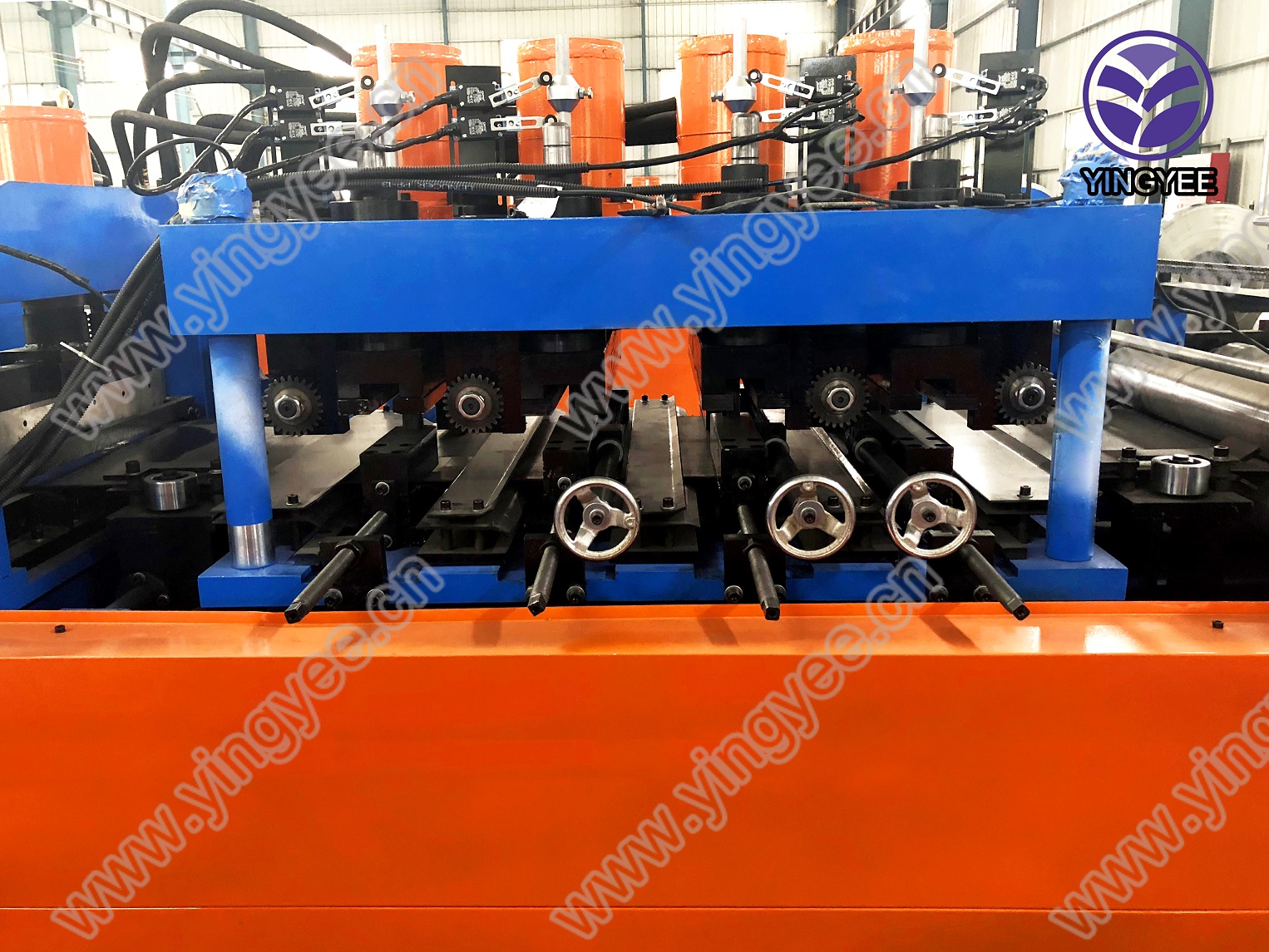
The Steel Tube Mill A Key Player in Modern Manufacturing
In the contemporary manufacturing landscape, the steel tube mill stands out as a vital component, serving countless industries with its efficient production of steel tubes and pipes. These products are integral to various applications, ranging from construction and automotive to energy and plumbing. Understanding the operation, technology, and significance of steel tube mills can provide valuable insights into their role in modern manufacturing.
The Process of Steel Tube Production
Steel tube mills employ a variety of processes to transform raw materials into finished steel tubes. The production typically follows a systematic procedure that includes the following steps
1. Raw Material Preparation The journey begins with raw materials, primarily steel coils, which are sourced from steel manufacturers. These coils are prepped for the next stages of manufacturing, typically involving cutting and forming processes.
2. Forming In the tube mill, the steel strips are unwound and fed into a series of rollers that progressively shape the metal into a tubular form. This is usually achieved through processes like ERW (Electric Resistance Welding) or SAW (Submerged Arc Welding), depending on the required specifications and the type of tube being produced.
3. Welding After forming, the edges of the strip are welded together using a high-frequency electric current in ERW mills. The welding process must ensure that the bond is robust enough to withstand various stress tests and operational loads. In SAW processes, the welding is done by applying a filler material, which is suitable for larger diameter tubes.
4. Sizing Following welding, the tubes undergo a sizing process where they are shaped to their final diameter and wall thickness using a series of sizing rolls. This stage is crucial for ensuring dimensional accuracy.
5. Cooling and Cutting Once sized, the tubes are rapidly cooled to stabilize the structure. They are then cut into required lengths according to customer specifications. Quality control checks are conducted at this stage to ensure that each tube meets industry standards.

6. Finishing The final product often undergoes surface treatment processes, such as galvanization or coating, to enhance durability and corrosion resistance. Surface treatments are essential in maximizing the lifespan of steel tubes in harsh environments.
Advances in Technology
The steel tube mill industry has witnessed significant advancements in technology over the years. Automation plays a key role in enhancing efficiency, reducing waste, and maintaining high-quality products. Modern mills use computer numerical control (CNC) systems for precision cutting and welding, as well as advanced inspection techniques, such as ultrasonic testing, to detect any potential defects in the finished product.
Moreover, the environmental impact of steel production has become a critical concern. Innovations aimed at minimizing energy consumption and reducing emissions are increasingly being adopted. Many mills are now implementing recycling processes to reuse scrap metal, which not only conserves resources but also minimizes waste.
Economic and Industrial Significance
The economic significance of steel tube mills cannot be overstated. As a crucial supplier to various sectors, including construction, automotive, and energy, the ability of these mills to produce high-quality steel products reliably impacts domestic and global markets. Infrastructure projects, such as bridges and buildings, require substantial quantities of steel tubes, making these mills essential for development initiatives.
Additionally, the demand for energy-efficient products is fuelling growth in sectors like renewable energy. Steel tubes are utilized in wind turbines, solar panel installations, and other eco-friendly technology, emphasizing the mill's role in supporting sustainable development.
Conclusion
The steel tube mill is undoubtedly a cornerstone of modern manufacturing, providing essential products that support a wide range of industries. As technology evolves and environmental concerns grow, these mills are adapting to meet new challenges, ensuring their continued relevance in the economy. By maintaining a focus on innovation and sustainability, steel tube mills are well-positioned to thrive in the future, driving advancements across various sectors and contributing to a more robust industrial landscape.